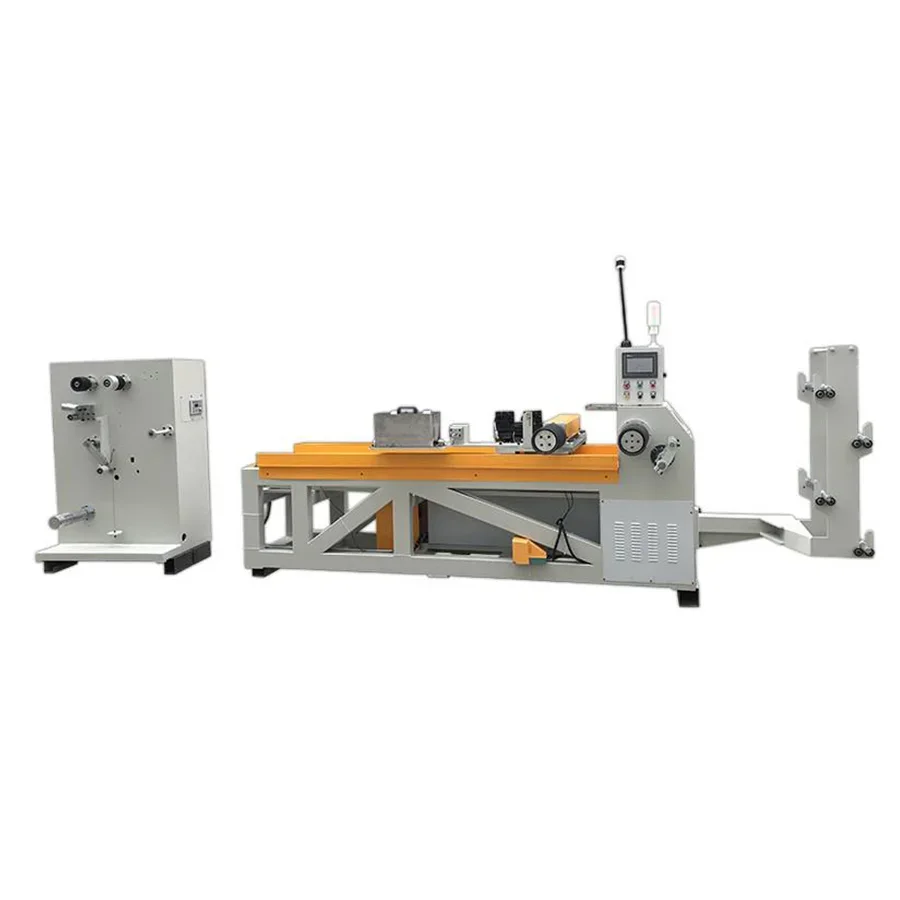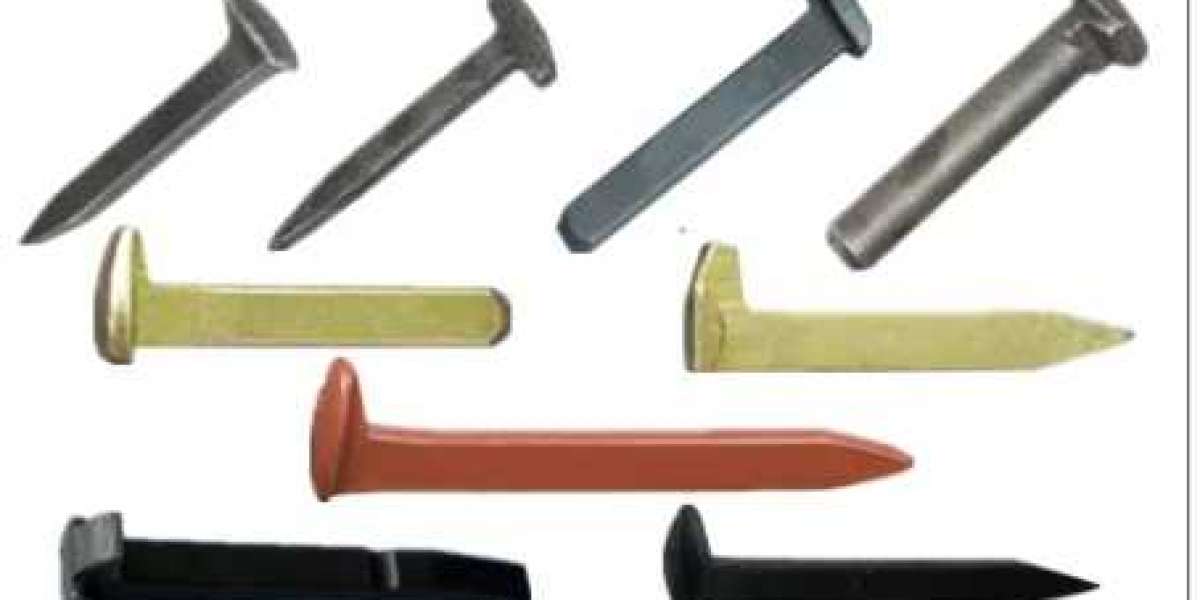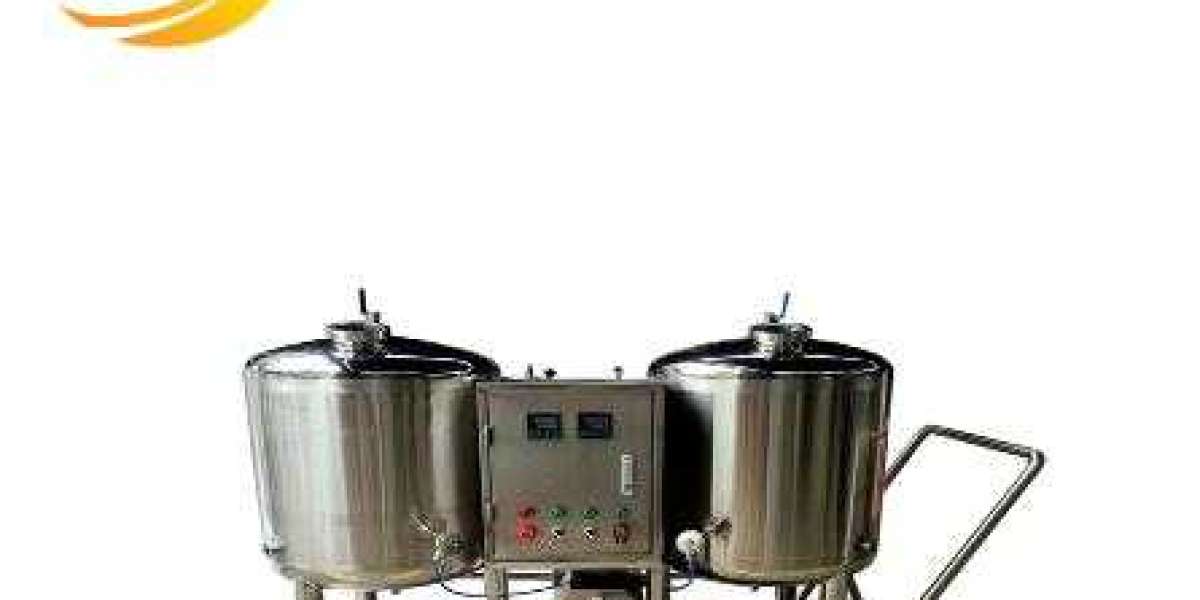An automatic coil winding machine streamlines the process of creating coils for various applications, enhancing efficiency and precision in manufacturing. This advanced equipment automates the winding process, ensuring consistent quality and increased productivity. Companies across industries rely on automatic coil winding machines to meet demands for customized coils used in electronics, automotive components, transformers, and more. By leveraging cutting-edge technology, these machines offer precise control over wire tension and layering patterns, resulting in high-quality coils with minimal human intervention required. Embracing automation with automatic coil winding machines not only accelerates production but also improves overall product reliability and performance.
Understanding Automatic Coil Winding Machines
Efficiency and Productivity
Automatic coil winding machines are essential in various industries like electronics, automotive, and telecommunications. They streamline the process of winding coils, enhancing efficiency and productivity significantly. By automating the coil winding process, these machines can produce coils faster than manual labor.
These machines eliminate human errors that may occur during manual winding processes. This not only ensures consistent quality but also reduces material waste. For example, in the automotive industry, automatic coil winding machines help manufacturers meet the demand for complex wiring systems efficiently.
Pros:
Increased efficiency
Consistent quality
Reduced material waste
Versatility and Precision
Automatic coil winding machines offer versatility in terms of wire types and coil configurations they can handle. They can wind different wire gauges onto various components with precision. The ability to program these machines according to specific requirements makes them highly adaptable to different production needs.
In electronic manufacturing, automatic coil winding machines play a crucial role in producing transformers, inductors, and other electrical components with precise specifications. Their flexibility allows manufacturers to customize coils based on design requirements quickly.
Pros:
Versatile for different wire types
High precision in coil configuration
Customizable for specific design needs
Key Features of Automatic Coil Winders
Programmable Features
Automatic coil winding machines offer programmable features for precise control over winding parameters. This means users can set specific requirements such as the number of turns, wire size, and tension levels. By inputting these details into the machine's system, it ensures consistent and accurate winding every time.
These programmable features are essential for various applications where precision is crucial. For example, in the manufacturing of transformers or electric motors, each coil must meet exact specifications to ensure optimal performance. With automatic coil winders' programmable capabilities, manufacturers can achieve high-quality coils that meet stringent standards.
High-Speed Winding Capability
One of the key advantages of automatic coil winders is their high-speed winding capability. These machines can operate at significantly faster speeds compared to manual winding processes. As a result, production rates are increased, leading to higher output volumes in a shorter amount of time.
The high-speed winding capability is especially beneficial for industries with high production demands. For instance, companies producing large quantities of coils for electronic devices or automotive components can greatly benefit from automatic coil winders' efficiency and speed.
Tension Control Systems
Many automatic coil winders come equipped with tension control systems to ensure consistent and uniform winding throughout the process. These systems help maintain proper tension on the wire during winding operations, preventing issues such as over-tensioning or slack that could impact the quality of the final product.
The inclusion of tension control systems in automatic coil winders is critical for achieving uniformity across all wound coils. Consistent tension levels contribute to better electrical performance and overall reliability in applications where these coils are used.
By highlighting these key features - programmable settings for precision control over parameters, high-speed winding capabilities enabling faster production rates, and integrated tension control systems ensuring uniformity - automatic coil winders prove invaluable tools for efficient and reliable coil manufacturing processes.

Enhancing Precision and Accuracy with Automatic Coil Winding Machines
Improved Efficiency
Automatic coil winding machines enhance precision by consistently creating coils of the exact specifications required, reducing errors in the winding process. These machines can operate continuously without fatigue or inconsistencies, ensuring high-quality output. With automated tension control and programmable settings, operators can achieve consistent results every time.
Coil winders also offer increased efficiency by speeding up production processes significantly. They can handle a large volume of work in a shorter amount of time compared to manual winding methods. This not only saves time but also allows manufacturers to meet deadlines more effectively. For example, an automatic coil winding machine can produce hundreds of coils per hour with minimal supervision.
Cost Savings
One significant advantage of automatic coil winding machines is the cost savings they provide over time. While initial investment costs may be higher than manual winding equipment, the long-term benefits outweigh this expense. By reducing material waste and improving productivity, these machines help companies save on labor costs and increase overall profitability.
Reduced material waste
Increased productivity
Lower labor costs
Moreover, automatic coil winders minimize the risk of human error during the winding process, leading to fewer defective products and rework expenses. The precise control offered by these machines ensures that each coil meets quality standards consistently.
Set up an automatic coil winder with specific parameters for accurate results.
Monitor the machine periodically to ensure it operates smoothly without any issues.
Inspect finished coils for quality assurance before proceeding with further manufacturing processes.
Customizable Functions of Automatic Coil Winders
Meeting Specific Requirements
Automatic coil winding machines can be tailored to meet specific needs, such as different coil winding patterns and wire tension settings. This customization ensures that the machine can handle various types of coils with precision and accuracy. For example, a manufacturer producing coils for different applications may require distinct winding patterns for each product. By customizing the automatic coil winder, they can efficiently produce these diverse coil designs.
Some manufacturers might need specific wire tension settings to achieve optimal results in their coil production process. Automatic coil winders offer the flexibility to adjust wire tension according to requirements, ensuring consistent quality across all produced coils. This customization feature allows manufacturers to fine-tune the machine based on their unique production needs.
User-Friendly Interfaces
Many automatic coil winding machines are equipped with user-friendly interfaces that simplify programming and adjustments. Operators can easily input parameters such as the number of turns, pitch, or direction through intuitive controls on the interface. This ease of use reduces training time for operators and minimizes errors during setup. Manufacturers benefit from increased efficiency and reduced downtime due to quick programming capabilities.
In addition to basic functionalities like programming coil specifications, some models offer advanced features like wire stripping or taping options. These additional functions further enhance the automation process by integrating tasks that would typically require manual intervention into the machine's operations. For instance, a model with wire stripping capability eliminates the need for a separate stripping tool or manual labor in preparing wires before winding them into coils.

How Automatic Coil Winding Machines Improve Efficiency in Electrical Component Production
Improved Specifications
Automatic coil winding machines come with various specifications that cater to different production needs. These machines can handle a wide range of wire gauges and core sizes, offering versatility in manufacturing processes. With customizable settings, they ensure precision and consistency in winding coils for electrical components.
Automatic coil winding machines require minimal maintenance, contributing to increased uptime and productivity. Their automated features reduce the need for manual intervention, resulting in less wear and tear on the machine parts. This translates to cost savings on maintenance and repairs over time.
Time-Efficient Performance
The speed at which automatic coil winding machines operate significantly impacts production efficiency. These machines can wind coils at high speeds without compromising quality, leading to faster turnaround times for electrical component manufacturing. By minimizing downtime between setups, they maximize overall output within a shorter timeframe.
In terms of performance, automatic coil winding machines exhibit great performance consistently across different types of coils. Whether producing small or large batches of coils, these machines deliver uniform results with high accuracy. This reliability ensures that each coil meets the required standards without errors or inconsistencies.
Final Remarks
The efficiency and precision offered by automatic coil winding machines make them indispensable in the realm of electrical component production. Their customizable functions not only enhance accuracy but also streamline the manufacturing process. By understanding the key features and benefits of these machines, manufacturers can significantly improve their output quality and operational efficiency. Embracing automatic coil winding technology is crucial for staying competitive in today's fast-paced industry landscape.
In light of this, exploring the integration of automatic coil winding machines into production facilities is highly recommended. By leveraging their capabilities, businesses can optimize their manufacturing processes, reduce costs, and ultimately deliver superior products to meet market demands effectively.
Frequently Asked Questions
What are the main components of an automatic coil winding machine?
An automatic coil winding machine consists of a wire dispenser, tensioning system, winding spindle, control panel, and cutting tools. These components work together to automate the process of winding coils efficiently.
How do automatic coil winding machines enhance precision in production?
Automatic coil winders utilize programmable controls and sensors to ensure consistent wire tension and accurate winding patterns. This precision leads to uniformity in coil production, crucial for quality electrical components.
Can functions on automatic coil winders be customized according to specific requirements?
Yes, automatic coil winding machines offer customizable functions such as variable speed control, multiple wire compatibility settings, and pattern programming options. This flexibility allows manufacturers to tailor the machine's operation to their unique needs.
In what ways do automatic coil winding machines improve efficiency in electrical component production?
By automating the repetitive task of coil winding, these machines significantly increase productivity by reducing manual labor hours. They also minimize errors and material waste while maintaining a high level of output consistency.








